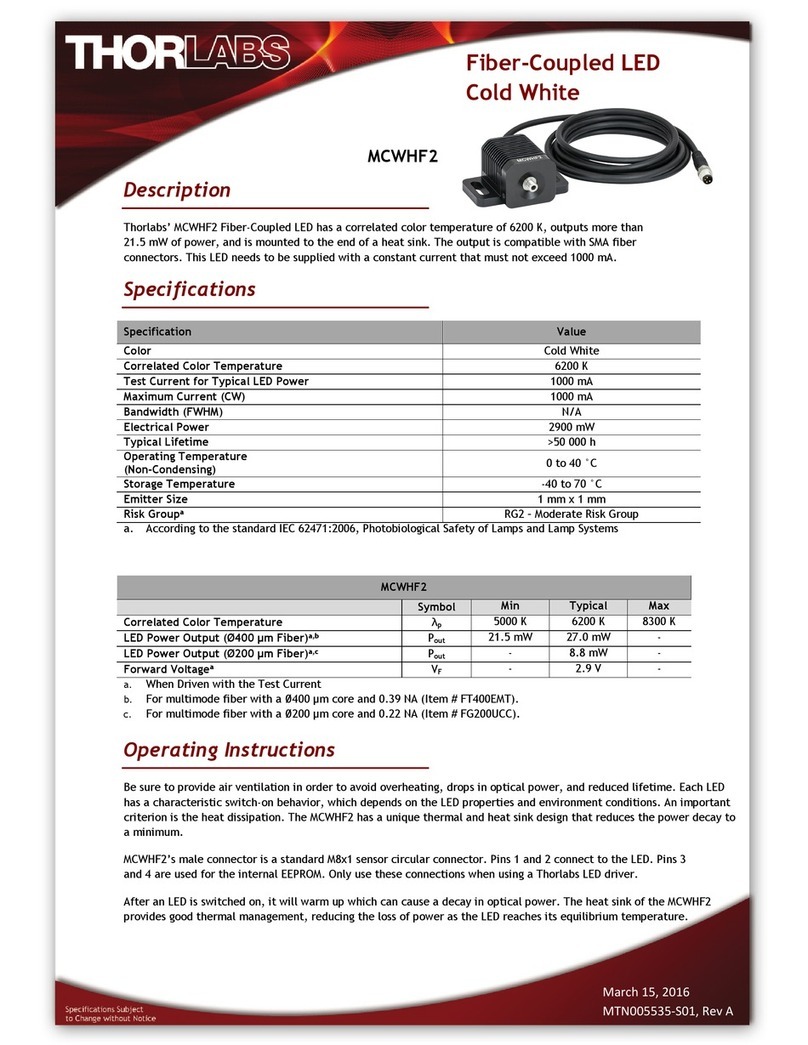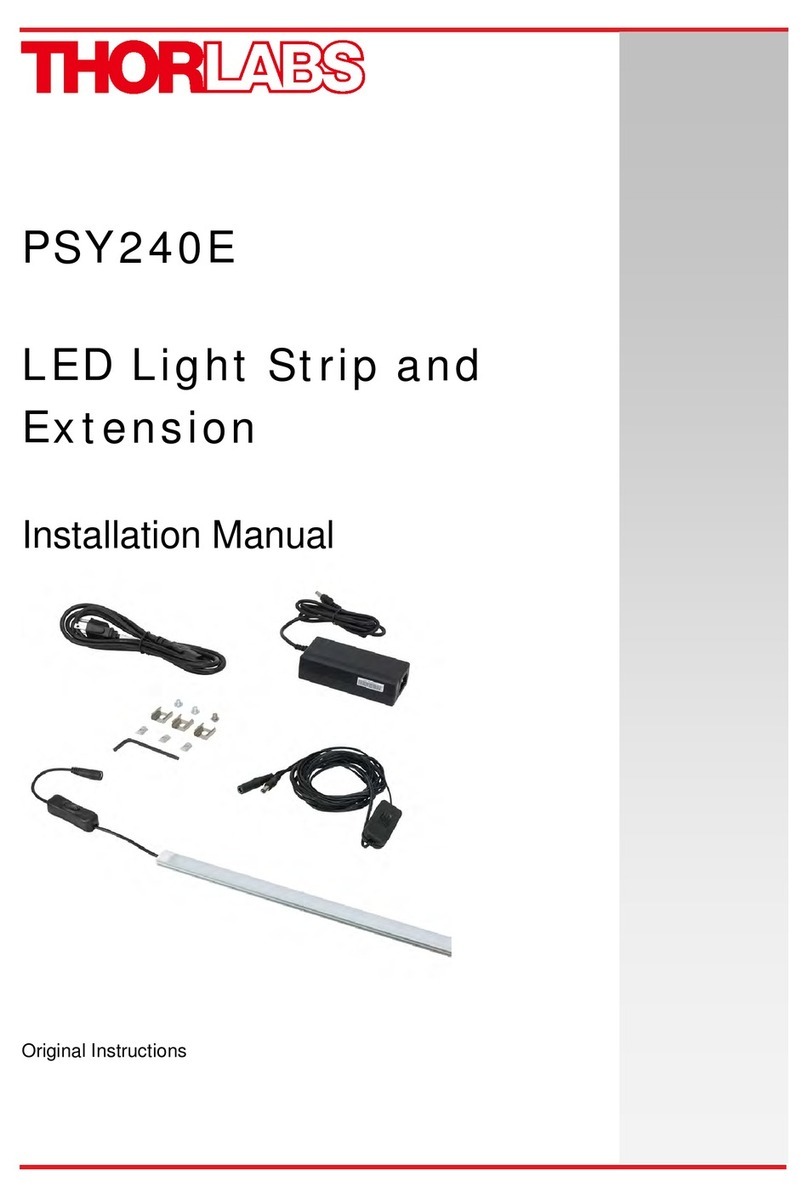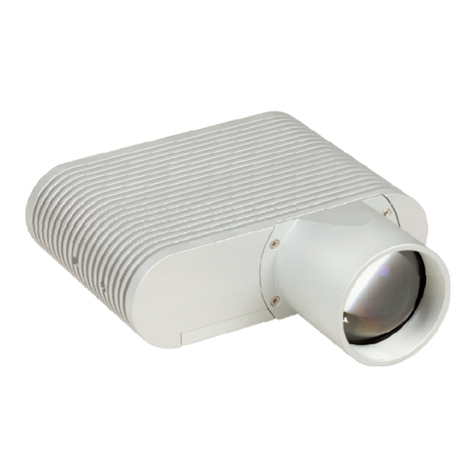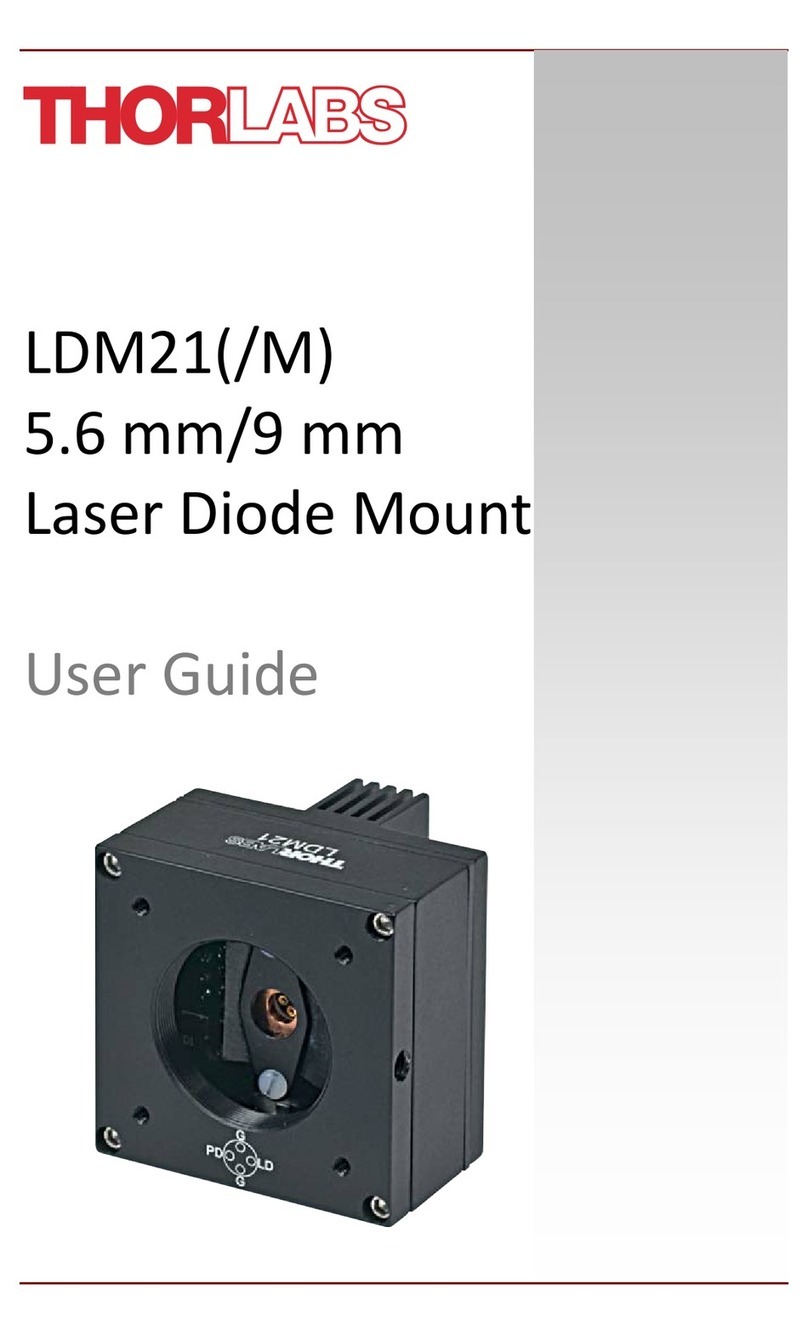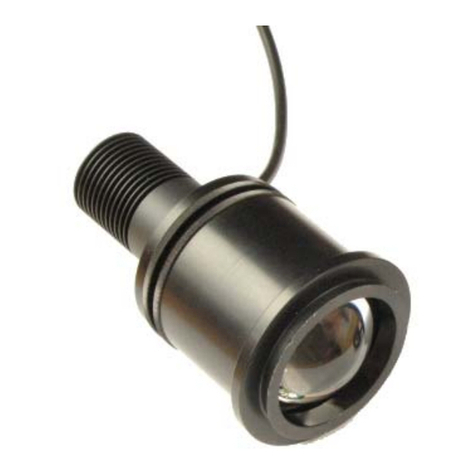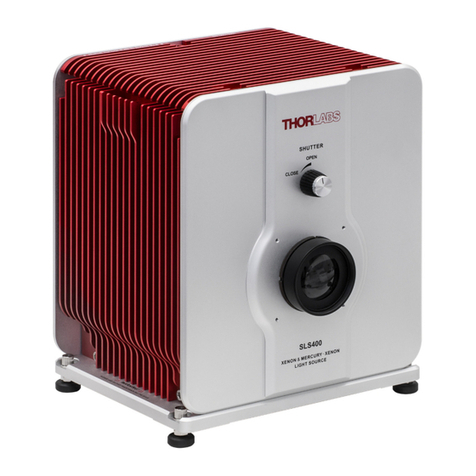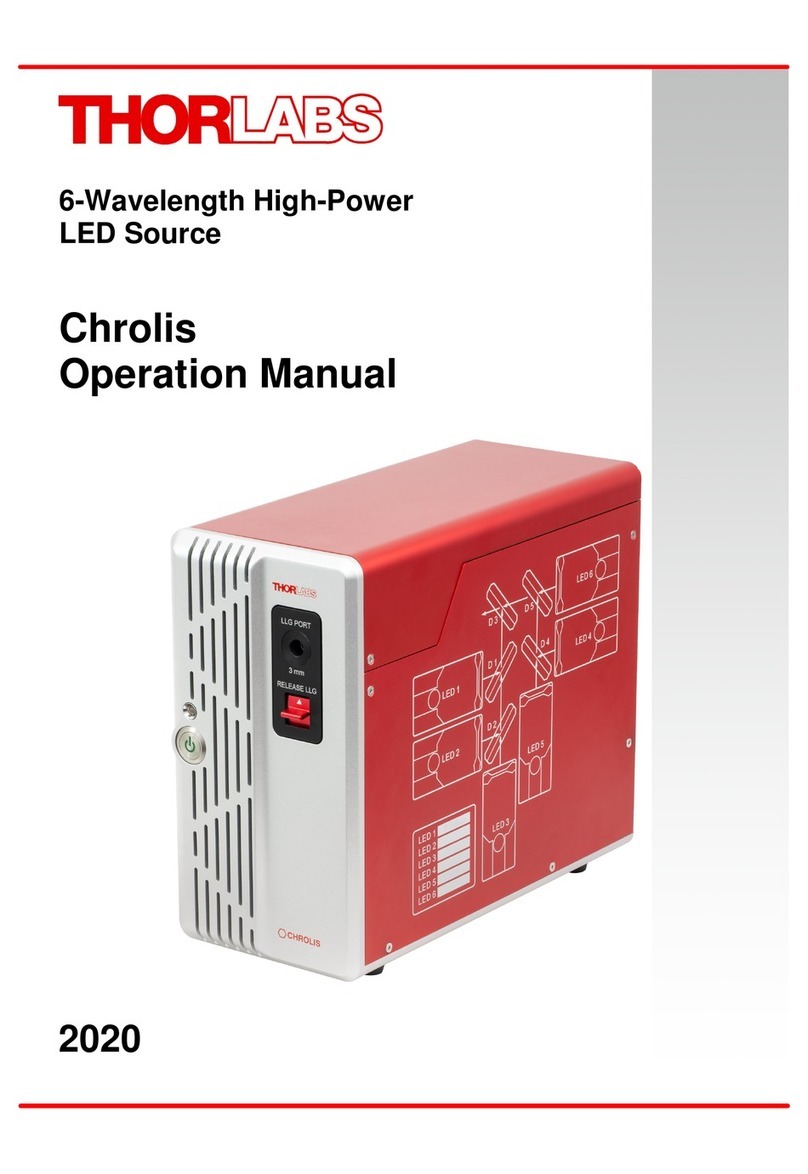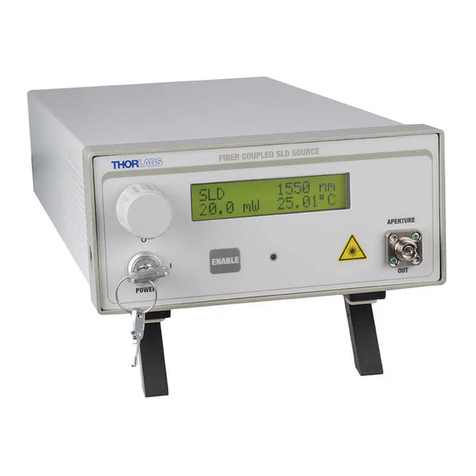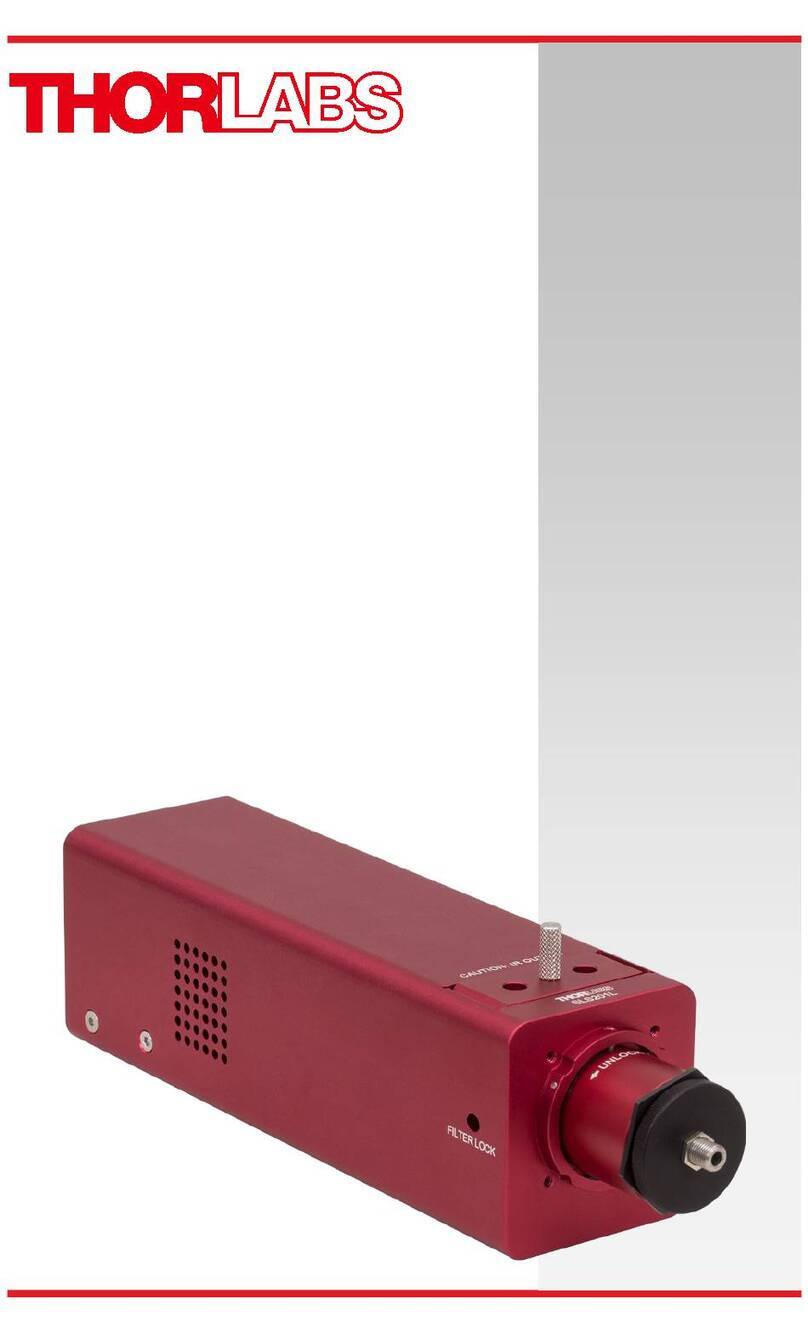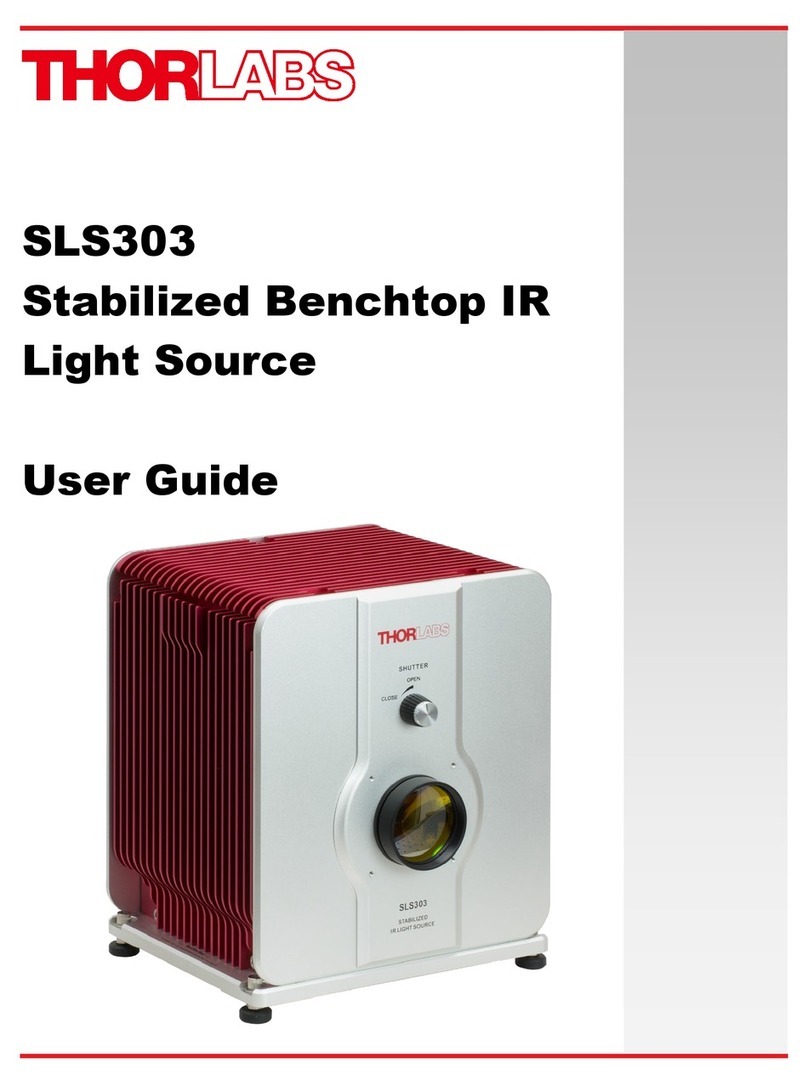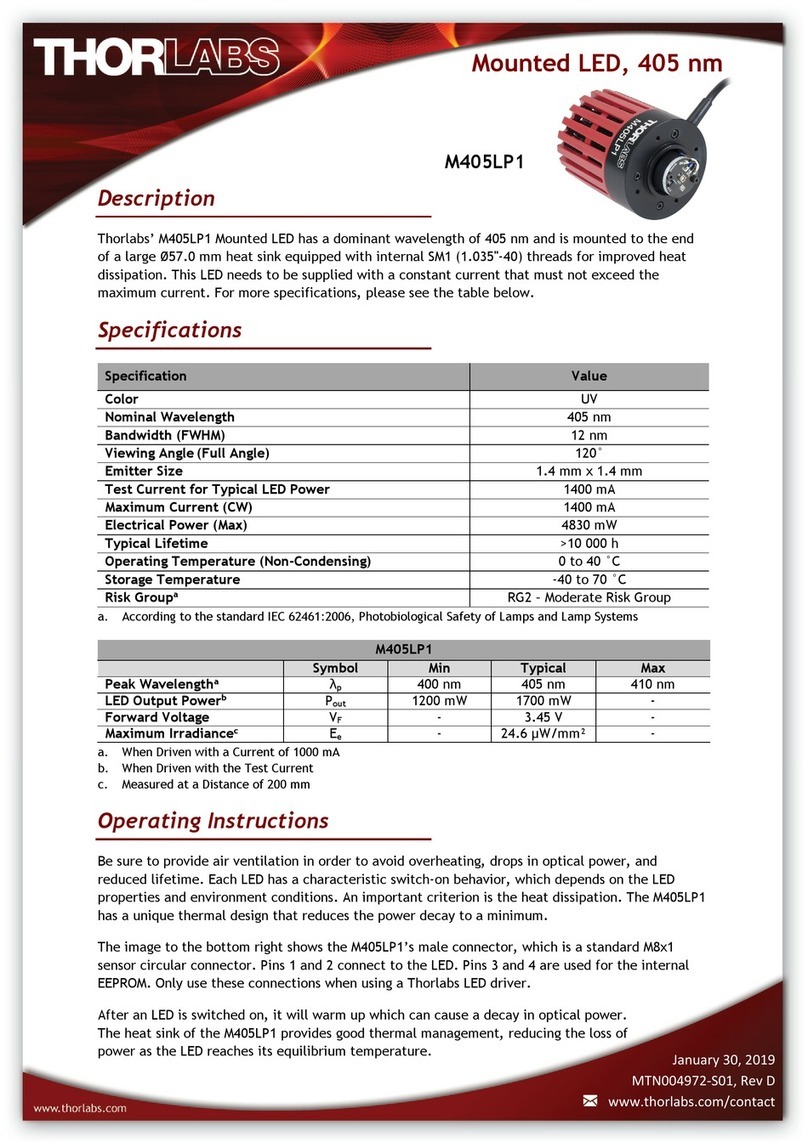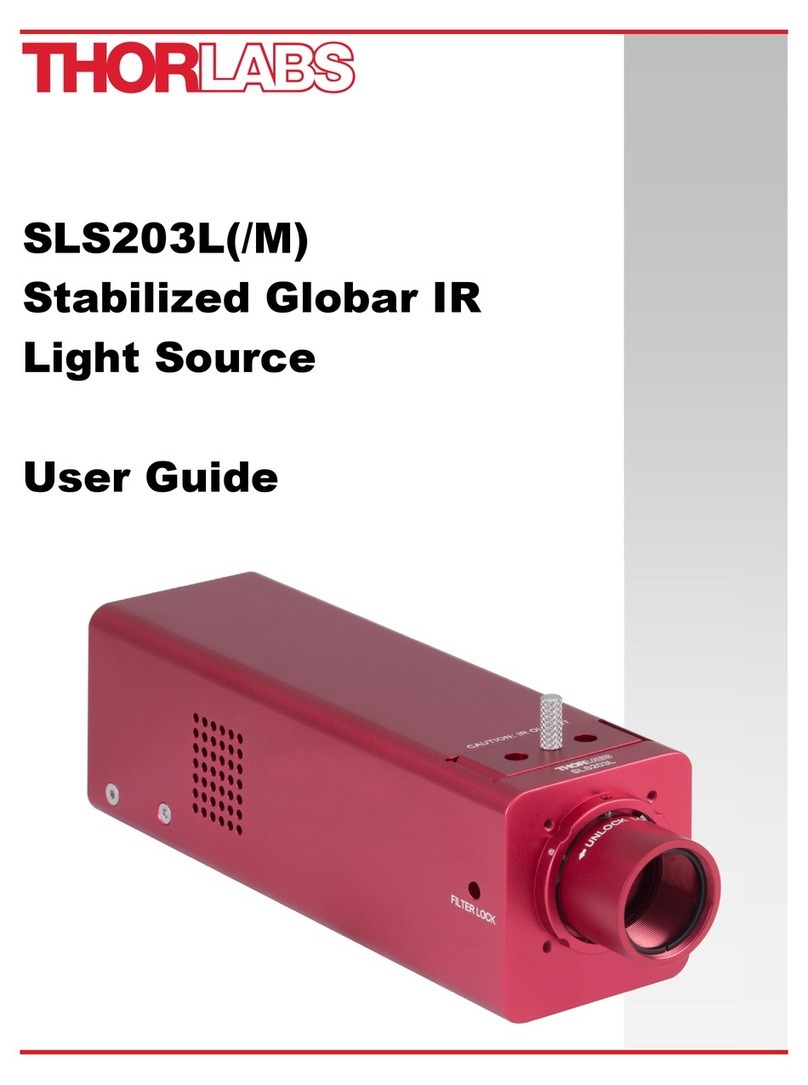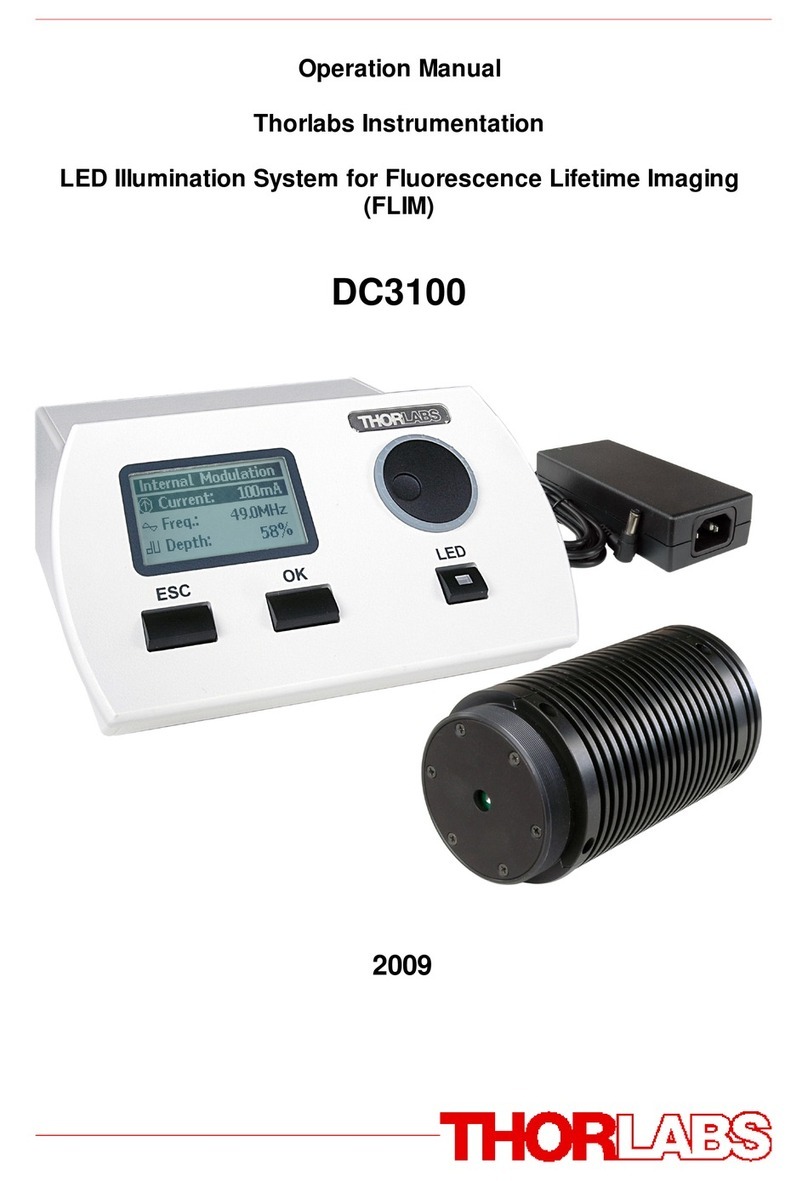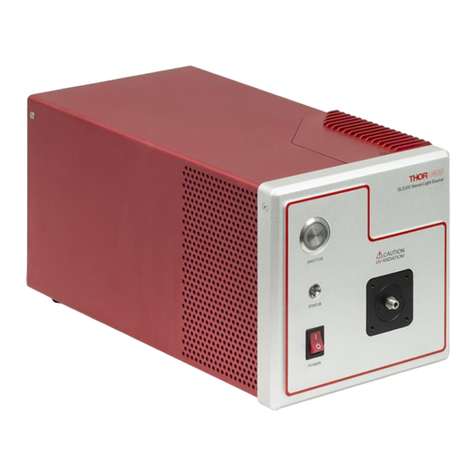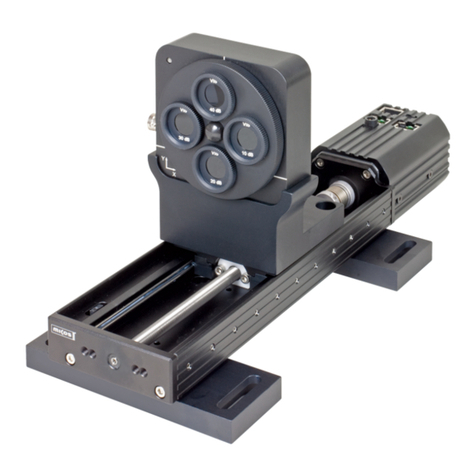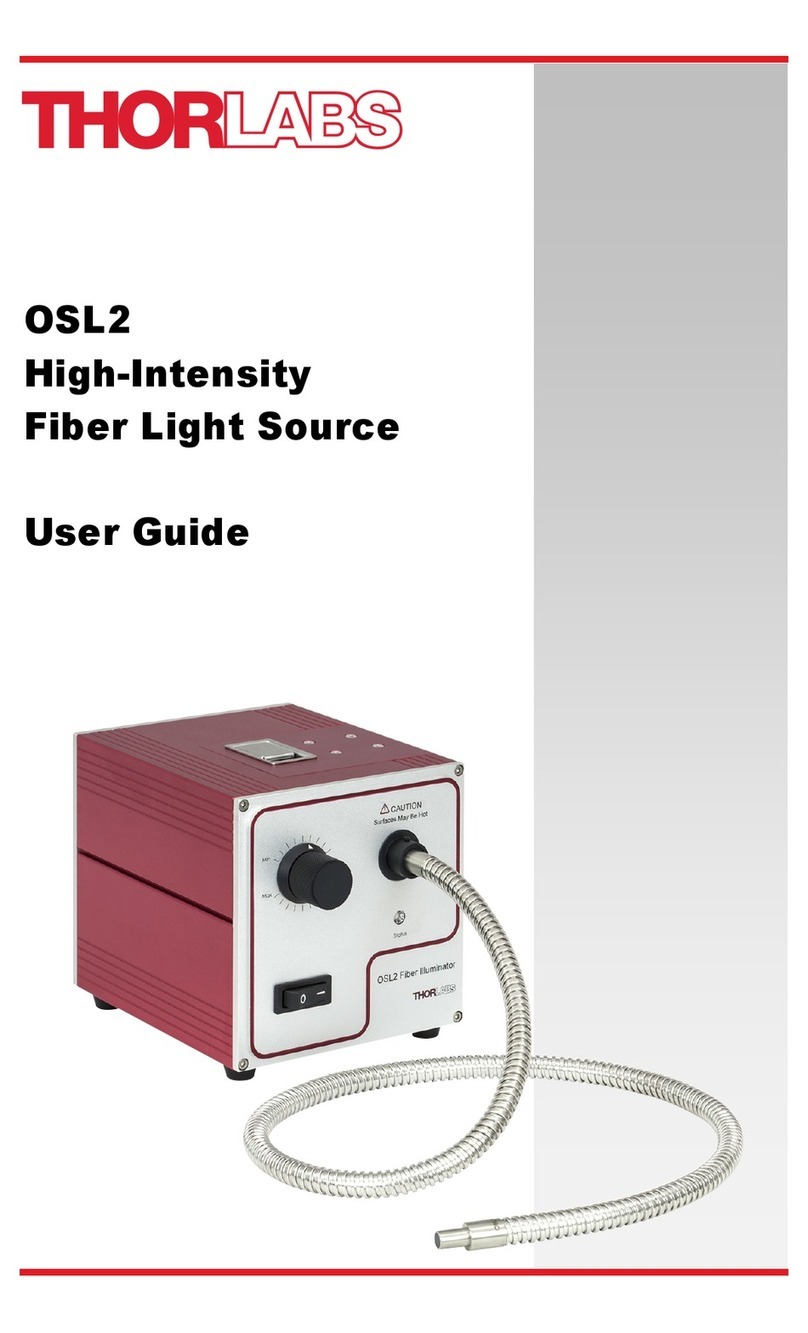
Plasma Light Sources with Liquid Light Guide
Table of Contents
Chapter 1 Warning Symbol Definitions.............................................................................................. 1
Chapter 2 Safety .................................................................................................................................... 2
Chapter 3 Description........................................................................................................................... 3
3.1. Overview ..........................................................................................................................3
3.2. Light Emitting Plasma.....................................................................................................3
3.3. Liquid Light Guide...........................................................................................................4
3.4. Spectrum..........................................................................................................................4
Chapter 4 Setup ..................................................................................................................................... 5
4.1. Part List............................................................................................................................5
4.2. Operation Elements ........................................................................................................5
4.3. Initial Setup......................................................................................................................6
4.4. Connected Liquid Light Guide.......................................................................................6
4.5. Microscope Collimation Adapters .................................................................................8
Chapter 5 Operation.............................................................................................................................. 9
5.1. Starting the Light Source ...............................................................................................9
5.2. LCD Screen....................................................................................................................10
5.3. Shutter Operation..........................................................................................................10
5.4. Intensity Tuning.............................................................................................................10
5.5. External Control ............................................................................................................10
5.5.1. External Shutter Operation .................................................................................................. 11
5.5.2. ANALOG IN and TRIGGER IN ............................................................................................ 11
5.5.3. ANALOG OUT and TRIGGER OUT ................................................................................... 11
5.5.4. Signal Train ......................................................................................................................... 12
5.6. Operation Modes...........................................................................................................13
5.6.1. Open Loop Mode ................................................................................................................ 13
5.6.2. Closed Loop Mode .............................................................................................................. 13
5.6.3. Eco Mode ............................................................................................................................ 13
5.7. Stability and Noise ........................................................................................................14
5.8. Warning and Errors.......................................................................................................15
Chapter 6 Maintenance........................................................................................................................16
6.1. Fuse Replacement.........................................................................................................16
6.2. Bulb Module Replacement ...........................................................................................16
6.3. Firmware Update...........................................................................................................20
Chapter 7 Software GUI.......................................................................................................................21
Chapter 8 Command Line Operation.................................................................................................22
8.1. Command-Line Interface Overview .............................................................................22
